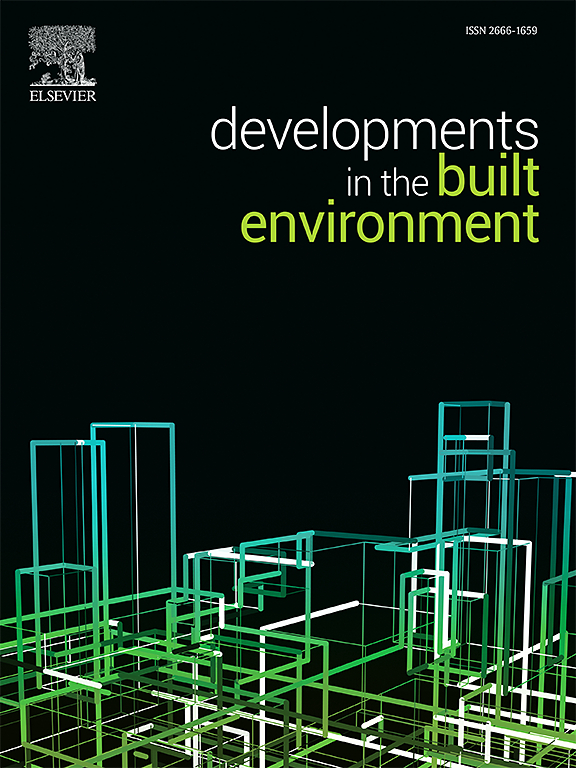Plasma-mediated nano-silica deposition to enhance thermomechanical robustness of carbon textile-reinforced concrete
IF 8.2
2区 工程技术
Q1 CONSTRUCTION & BUILDING TECHNOLOGY
引用次数: 0
Abstract
Carbon textile-reinforced concrete (CTRC) lacks thermomechanical robustness at the textile/concrete interface. This study investigates atmospheric-pressure plasma (APP)-mediated nano-silica (NS) deposition as a promising strategy, evaluating its effects under thermal exposure up to 400 °C. While bulk material properties remained intact, the roving/matrix interfacial transition zone (ITZ) underwent notable physical, chemical, and structural transformations. A performance-driven index introduced herein to quantitatively assess thermomechanical robustness showed over a tenfold increase for NS-deposited rovings at 300 °C, contrasting with a severe drop below 0.2 for epoxy-coated counterparts. These results highlight the interplay between matrix-polymer interlocking and the chemical-structural evolution of the hydration products in the ITZ, with remarkable bond improvements attributed to the formation of a cohesive calcium silicate hydrate (C–S–H) network structure. Despite heating-induced progressive dehydration shrinkage and reduced interglobular cohesion, C–S–H particles remained tightly packed and interconnected in the ITZ, mitigating macrocrack propagation, enhancing frictional bonding, and preserving microstructural integrity.
等离子体介导的纳米二氧化硅沉积增强碳纤维增强混凝土的热力学坚固性
碳纤维纤维增强混凝土(CTRC)在织物/混凝土界面处缺乏热机械坚固性。本研究研究了大气压等离子体(APP)介导的纳米二氧化硅(NS)沉积作为一种有前途的策略,评估了其在高达400°C的热暴露下的效果。虽然大块材料的性质保持不变,但粗纱/基体界面过渡区(ITZ)发生了显著的物理、化学和结构转变。本文引入的性能驱动指数用于定量评估热机械稳健性,结果显示,在300°C时,ns沉积的粗纱的性能增加了十倍以上,而环氧树脂涂层的粗纱则严重下降到0.2以下。这些结果强调了基质-聚合物互锁与ITZ中水化产物的化学结构演化之间的相互作用,由于形成了内聚的水化硅酸钙(C-S-H)网络结构,导致了显著的键结改善。尽管加热引起的渐进脱水收缩和球间内聚力降低,但C-S-H颗粒在热载荷作用下仍然紧密堆积和相互连接,从而减缓了宏观裂纹的扩展,增强了摩擦结合,并保持了显微组织的完整性。
本文章由计算机程序翻译,如有差异,请以英文原文为准。
求助全文
约1分钟内获得全文
求助全文
来源期刊

Developments in the Built Environment
Multiple-
CiteScore
7.40
自引率
1.20%
发文量
31
审稿时长
22 days
期刊介绍:
Developments in the Built Environment (DIBE) is a recently established peer-reviewed gold open access journal, ensuring that all accepted articles are permanently and freely accessible. Focused on civil engineering and the built environment, DIBE publishes original papers and short communications. Encompassing topics such as construction materials and building sustainability, the journal adopts a holistic approach with the aim of benefiting the community.
 求助内容:
求助内容: 应助结果提醒方式:
应助结果提醒方式:


